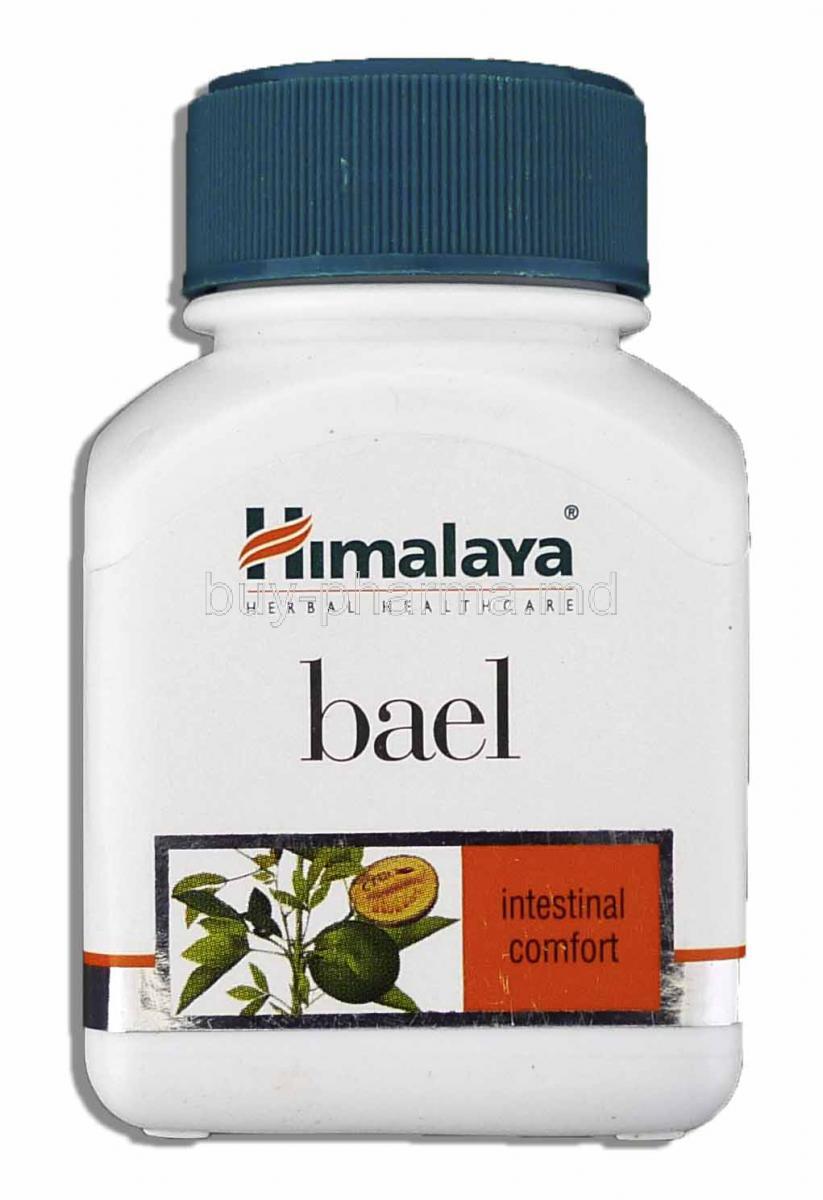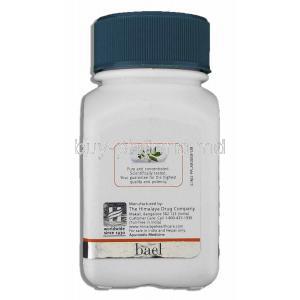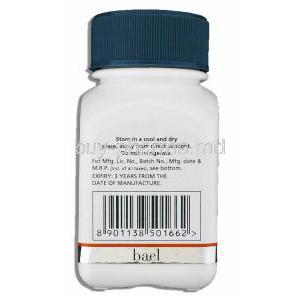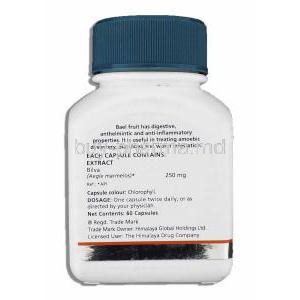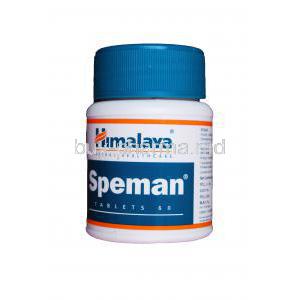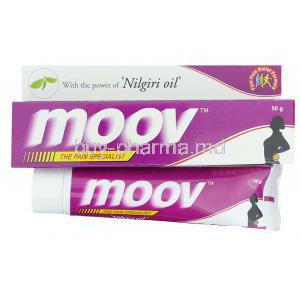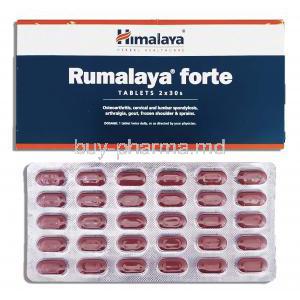1. Introduction to Himalaya Bael
1.1 Overview of Himalaya Bael as an Ayurvedic Supplement
Himalaya Bael is a time-tested Ayurvedic formulation derived from the fruit of Aegle marmelos, commonly known as Bael. This supplement is designed to promote gastrointestinal health and is especially favored for its role in managing digestive disturbances such as diarrhea and irritable bowel syndrome (IBS). Its natural, plant-based origin makes it suitable for those seeking gentle yet effective support for digestive wellness.
1.2 Historical and Traditional Significance of Aegle Marmelos (Bael) in Herbal Medicine
In Ayurvedic texts, Bael is revered for its multifaceted healing potential. Historically used in Indian and Southeast Asian medicine, the fruit has been employed for centuries to soothe gut ailments, balance doshas, and purify the body. Its applications span from treating bowel irregularities to supporting immune function and metabolic health.
1.3 Product Positioning Within Himalaya’s Herbal Product Range
Himalaya Bael is positioned within the brand's therapeutic digestive wellness line. It complements other formulations that focus on detoxification, gut microbiota support, and inflammation management, offering a targeted solution for individuals dealing with gastrointestinal irregularities.
2. Therapeutic Uses and Indications
2.1 Primary Uses: Support for Gastrointestinal Health and Irritable Bowel Syndrome (IBS)
This supplement helps regulate bowel movements, reduce intestinal inflammation, and restore comfort in patients suffering from IBS. Its antispasmodic properties also aid in controlling abdominal cramping and bloating.
2.2 Use in Chronic and Acute Diarrhea Management
Bael is recognized for its astringent properties that help reduce intestinal secretions. This makes it particularly effective in managing both chronic and acute forms of diarrhea.
2.3 Role in Ulcerative Colitis Symptom Relief
Its mucosal protective effects provide symptomatic relief in mild to moderate cases of ulcerative colitis by soothing irritated bowel linings and promoting epithelial repair.
2.4 Use in Dysentery and Other Bowel-Related Infections
The antimicrobial compounds in Bael work against common intestinal pathogens, making it valuable in managing infections like bacillary dysentery and amoebiasis.
2.5 Application for Promoting Gut Microbiome Balance
Himalaya Bael supports the proliferation of beneficial gut flora by creating a balanced internal environment, indirectly enhancing immunity and nutrient absorption.
2.6 Role in Controlling Parasitic Infections
Traditional use and emerging data suggest anti-parasitic action against intestinal helminths and protozoa, providing an adjunctive option for parasite management.
2.7 General Digestive Wellness and Detoxification
Used as a general digestive tonic, Bael helps eliminate toxins, regulate bowel rhythm, and enhance digestion through mild laxative and carminative actions.
3. Off-Label and Traditional Uses
3.1 Traditional Use for Diabetes Management and Blood Sugar Regulation
In folk medicine, Bael has been used to support glucose metabolism and reduce postprandial sugar spikes. While not a substitute for antidiabetic medication, it may offer complementary glycemic control.
3.2 Antioxidant Support and Free Radical Neutralization
Rich in polyphenols and flavonoids, Bael neutralizes oxidative stress, potentially protecting tissues from age-related degeneration and inflammatory damage.
3.3 Use in Supporting Liver Function and Detox Pathways
Its mild hepatoprotective effect aids in promoting bile flow and flushing toxins from the liver, especially in subclinical cases of hepatic sluggishness.
3.4 Use as a Mild Laxative in Cases of Digestive Sluggishness
In controlled doses, Bael acts as a gentle bowel stimulant, helping alleviate occasional constipation without harsh purgative effects.
3.5 Aid in Respiratory Conditions Like Asthma and Bronchitis
Some traditional practices extend the use of Bael to manage respiratory issues due to its anti-inflammatory and expectorant properties.
4. How Himalaya Bael Works
4.1 Mechanism of Action of Bael on Gastrointestinal Mucosa
Bael acts directly on the mucosal lining, forming a protective film that reduces irritation and promotes healing in inflamed or ulcerated tissues.
4.2 Anti-inflammatory and Astringent Effects on the Intestinal Lining
The tannins in Bael reduce capillary permeability and secretion, leading to decreased diarrhea and mucosal swelling. This dual action soothes and tightens the intestinal walls.
4.3 Antimicrobial and Antiparasitic Properties of Active Constituents
Phytochemicals such as marmelosin exhibit bacteriostatic and fungicidal activity, targeting a range of enteric pathogens and parasitic organisms.
4.4 Immunomodulatory Action in Gut-Associated Lymphoid Tissue
Bael modulates immune responses within the gut, improving resistance to infections and possibly reducing autoimmune gut reactions in conditions like IBS.
5. Composition and Active Ingredients
5.1 Standardized Extract of Aegle Marmelos (Bael Fruit)
Each tablet contains a measured, concentrated extract derived from dried Bael fruit pulp, ensuring consistency in therapeutic effects.
5.2 Bioactive Phytochemicals: Tannins, Marmelosin, Coumarins, Flavonoids
- Tannins: Provide astringent action and antimicrobial activity
- Marmelosin: Possesses anti-inflammatory and anti-diarrheal effects
- Coumarins: Support immune regulation and detoxification
- Flavonoids: Offer antioxidant protection
5.3 Excipients and Formulation Details
Includes inert binders and stabilizers to ensure shelf-life and bioavailability. Free from synthetic additives and allergens like gluten or artificial preservatives.
6. Recommended Dosage and Administration
6.1 Standard Dosage Instructions for Adults
The typical dosage is 1–2 tablets twice daily, preferably after meals or as directed by a healthcare provider.
6.2 Dosage Guidelines for Therapeutic Versus Maintenance Use
Higher dosage may be required during acute episodes of diarrhea, while a lower dose suffices for long-term gut health maintenance.
6.3 Administration Timing: Before or After Meals
Best taken after meals to enhance absorption and reduce gastrointestinal irritation.
6.4 Form Available: Tablet or Capsule Form
Currently available in tablet form, facilitating ease of swallowing and consistent dosing.
6.5 Dosage Adjustment in Special Populations
Adjustments may be needed for elderly individuals, those with liver or renal impairment, or concurrent use with other gastrointestinal medications.
7. Common and Potential Side Effects
7.1 Common Side Effects: Constipation, Bloating, or Mild Abdominal Discomfort
These effects are generally transient and diminish as the body adjusts to the supplement.
7.2 Rare Side Effects: Hypersensitivity Reactions, Nausea
May include rash, itching, or gastrointestinal upset in sensitive individuals.
7.3 Long-Term Use and Gastrointestinal Adaptation
Regular use may help regulate bowel function; however, abrupt discontinuation may cause mild rebound symptoms in some users.
7.4 What to Do in Case of Adverse Reactions
Discontinue use immediately and consult a healthcare professional if symptoms persist or worsen.
8. Drug, Herbal, and Dietary Interactions
8.1 Possible Interaction with Anti-Diarrheal or Antispasmodic Medications
Combined use may lead to excessive gastrointestinal suppression or delayed motility.
8.2 Use Alongside Probiotics or Other Gut Health Supplements
Can be safely co-administered with probiotics and prebiotics to enhance gut flora balance.
8.3 Precaution with Blood Sugar-Lowering Drugs
Bael may potentiate hypoglycemic effects. Monitor glucose levels closely in diabetic patients.
8.4 Effect on Absorption of Other Oral Medications
Due to its mucosal coating properties, Bael may affect absorption of some medications. Administer with adequate spacing between doses.
9. Warnings and Safety Information
9.1 Situations Requiring Medical Supervision Before Use
Patients with chronic gastrointestinal disorders, severe dehydration, or those on multiple medications should consult a healthcare provider.
9.2 Discontinue Use Upon Signs of Allergic Reactions
Stop immediately if signs such as rash, swelling, or respiratory difficulty occur, and seek urgent medical attention.
9.3 Not a Replacement for Prescribed Anti-Infective Therapy
Himalaya Bael is not intended to replace antibiotics or prescribed medications for serious gastrointestinal infections.
10. Contraindications for Use
10.1 Known Allergy to Bael or Related Plant Species
Individuals with a documented hypersensitivity to Aegle marmelos or other members of the Rutaceae plant family should refrain from using Himalaya Bael. Allergic responses may manifest as skin rashes, respiratory distress, or gastrointestinal upset.
10.2 Pre-Existing Severe Constipation or Bowel Obstruction
Due to its astringent nature, Bael may exacerbate symptoms in individuals with chronic or severe constipation. It is contraindicated in patients with suspected or confirmed bowel obstruction, where reduced motility could lead to serious complications.
10.3 Use in Patients with Chronic Liver or Kidney Impairment
In those with hepatic or renal insufficiency, the metabolism and excretion of herbal compounds may be altered. Use of Bael in such populations should be avoided unless under strict medical supervision.
11. Guidelines for Careful Administration
11.1 Administration in Patients with Irritable Bowel Conditions
Patients with IBS or alternating bowel habits should start with a low dose. Careful observation is needed to ensure the supplement does not aggravate symptoms such as cramping, bloating, or irregular bowel movements.
11.2 Caution in Immunocompromised Individuals
Those with compromised immunity due to illness or medication should approach Bael use cautiously. Herbal products can influence immune modulation and interact with ongoing treatments.
11.3 Monitoring Symptoms in Patients with Fluctuating Bowel Habits
Patients experiencing cycles of diarrhea and constipation should be monitored for symptom stability. Adjustments to dosage or temporary discontinuation may be necessary based on tolerance.
12. Important Precautions Before and During Use
12.1 Importance of Hydration While Using Bael
Maintaining adequate hydration is essential, especially when using Bael for diarrhea. Dehydration can exacerbate intestinal distress and impair overall recovery.
12.2 Avoiding Concurrent Use with Synthetic Laxatives or Antidiarrheals
Simultaneous use with other gastrointestinal medications may result in overstimulation or suppression of bowel activity. A minimum gap of 2–3 hours is advised between Bael and such agents.
12.3 Advisability of Short-Term Versus Long-Term Use
Bael is best suited for short-term therapeutic support. Prolonged use should only occur under medical supervision to avoid potential side effects or diminishing efficacy over time.
13. Administration in Elderly Patients
13.1 Gastrointestinal Sensitivity in Older Adults
The aging digestive system is more susceptible to disturbances. Seniors may experience exaggerated effects such as bloating or slowed transit time when taking Bael.
13.2 Dose Adjustment Recommendations
A lower starting dose is recommended for older adults. Gradual titration based on symptom response helps minimize unwanted gastrointestinal effects.
13.3 Monitoring for Bowel Pattern Changes or Constipation
Close monitoring is necessary to detect any changes in stool frequency or consistency. Prompt intervention can prevent complications like fecal impaction or dehydration.
14. Use During Pregnancy and Lactation
14.1 Safety Profile During Pregnancy: Lack of Robust Human Data
Although traditionally used, there is insufficient clinical data on Bael’s safety in pregnant women. Its use should be approached cautiously and only if clearly indicated.
14.2 Risk-Benefit Assessment in Consultation with Healthcare Provider
Pregnant women should undergo a thorough evaluation before starting Bael. The potential benefits must clearly outweigh any theoretical risks to mother or fetus.
14.3 Considerations During Breastfeeding
There is limited information on excretion of Bael compounds into breast milk. Until more is known, use during lactation should be discussed with a healthcare professional.
15. Use in Pediatric Populations
15.1 Appropriateness of Use in Children Under 12 Years
Bael is not routinely recommended for children below 12 unless prescribed by a qualified practitioner. Their developing digestive systems may respond unpredictably to herbal extracts.
15.2 Pediatric Dosage Guidelines (If Any)
Specific pediatric formulations or dosages may vary. Any use in children must follow professional guidance with appropriate dosing adjustments.
15.3 Monitoring in Children with Sensitive Digestion
Children prone to indigestion, constipation, or food allergies require additional caution. Watch for early signs of intolerance or digestive discomfort.
16. Overdose and Emergency Management
16.1 Symptoms of Bael Overdose
Overconsumption may result in pronounced constipation, gastric discomfort, dry mouth, or a feeling of fullness. Rarely, systemic symptoms like dizziness may occur.
16.2 Recommended Response and First Aid Steps
In the event of overdose, discontinue use immediately. Encourage fluid intake and consider mild laxatives if constipation persists. Seek medical advice for further evaluation.
16.3 When to Seek Immediate Medical Attention
Urgent care is warranted if symptoms include severe abdominal pain, inability to pass stool or gas, persistent vomiting, or signs of allergic reaction such as difficulty breathing or swelling.
17. Proper Storage Instructions
17.1 Ideal Temperature and Humidity Conditions
Store Himalaya Bael in a cool, dry place below 30°C (86°F). Protect from moisture and direct sunlight to preserve efficacy and tablet integrity.
17.2 Shelf Life and Expiry Date Management
Always check the expiry date printed on the package. Do not use the product beyond its shelf life, as potency and safety may be compromised.
17.3 Safe Storage Away from Children
Keep the product out of reach of children to prevent accidental ingestion. Store in a sealed container to avoid contamination.
18. Handling and Product Usage Precautions
18.1 Avoid Contamination of the Container
Do not touch the tablets with wet hands or transfer them to unclean surfaces. Close the container tightly after each use to maintain hygiene.
18.2 Discarding Expired or Discolored Tablets
Discard tablets that have changed color, texture, or smell. Such changes may indicate degradation due to improper storage or expired use.
18.3 Instructions for Safe Disposal
Dispose of unused or expired tablets according to local pharmaceutical waste guidelines. Avoid flushing into the sewage system or throwing in regular trash.

